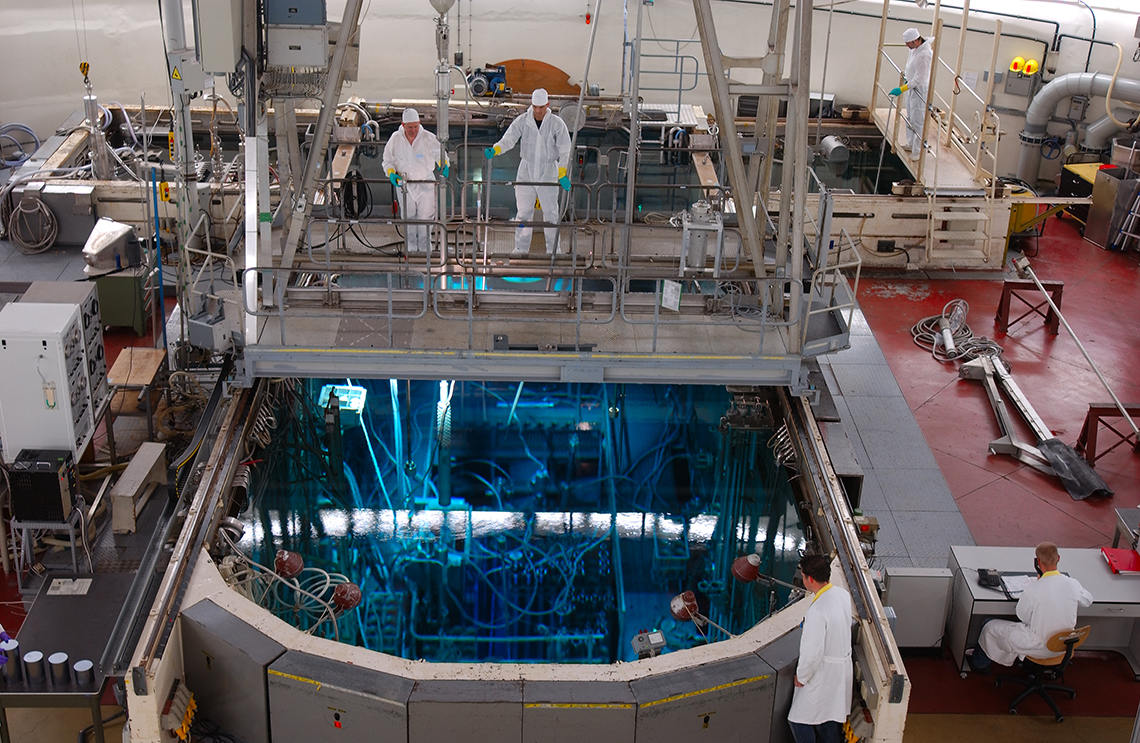As over two thirds of the world’s operating research reactors are now over 30 years old, operators and regulators are focusing on refurbishing and modernizing reactors to ensure they can continue to perform in a safe and efficient manner.
“The lifetime of research reactors is normally determined by the need for their use and their conformance with up-to-date safety requirements, since most of their systems and components can be replaced, refurbished or modernized without major difficulty,” said Amgad Shokr, Head of the IAEA’s Research Reactor Safety Section. “Refurbishment and modernization should not be limited to just systems and components; operators should also review safety procedures against IAEA safety standards to prevent the interruption of research reactor services.”
For more than 60 years, research reactors have been centres of innovation and development for nuclear science and technology programmes around the world. These small nuclear reactors primarily generate neutrons — rather than power — for research, education and training purposes, as well as for applications in areas such as industry, medicine and agriculture (learn more).
There are two kinds of ageing related to research reactors: physical ageing, which is the degradation of the physical condition of the reactor’s systems and components, and obsolescence, which is when the technology used for computers, instrumentation and control systems or safety regulations become outdated.
The ageing of facilities was one of the concerns that led to the IAEA initiating its Research Reactor Safety Enhancement Plan in 2001. This plan aims to help countries ensure a high level of research reactor safety. It includes the Code of Conduct on the Safety of Research Reactors, which provides guidance to countries on the development and harmonization of policies, laws and regulations regarding the safety of research reactors.
As part of this plan, countries work with the IAEA to implement systematic ageing management programmes that, among others, use good practices to minimize the performance degradation of systems and components, to continuously monitor and assess reactor performance and to implement practical safety upgrades. These ageing programmes can also benefit from operating programmes in other areas, such as maintenance, periodic testing, inspections and periodic safety reviews.
“While the number of operating research reactors is decreasing, the average age is increasing,” said Ram Sharma, a nuclear engineer on research reactor operation and maintenance at the IAEA. “So, it is of paramount importance to establish, implement and continuously improve plans for management, refurbishment and modernization to ensure cost-effective operation and utilization to get the most out of existing research reactors. IAEA support, such as peer review missions, can play a key part in achieving that goal.” Learn more about the IAEA’s research reactor-related peer review services.

